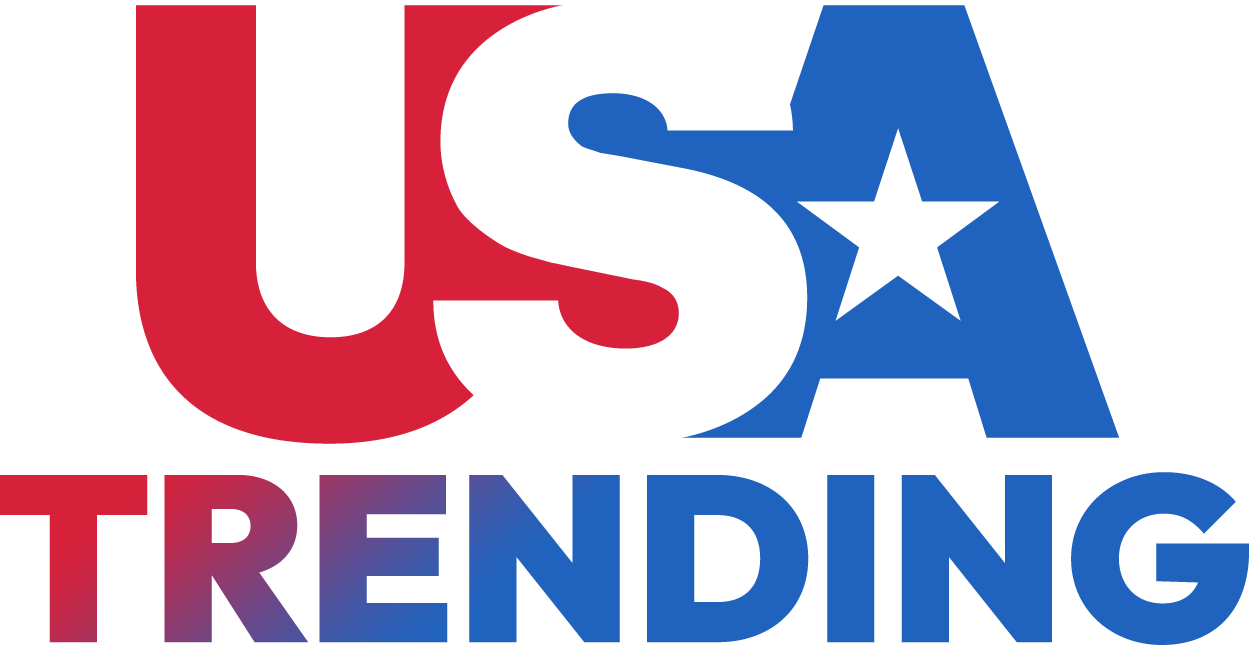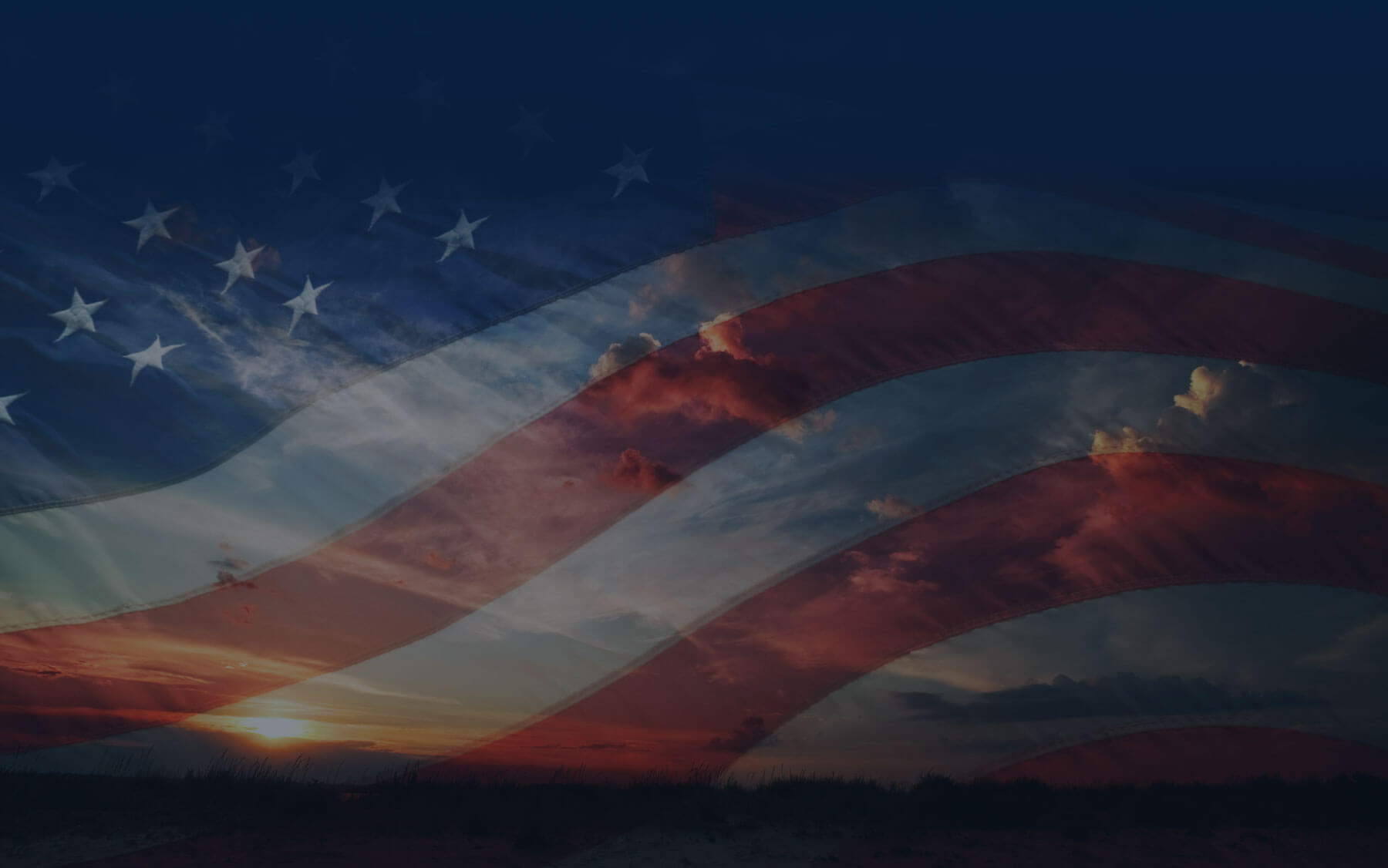Tech News Overview: Innovations and Controversies
In today’s fast-paced tech landscape, key developments from NASA, Amazon, and other major players highlight an evolving narrative of innovation and corporate strategy. The following summarizes notable advancements and controversies shaping the tech world.
NASA’s Quiet Supersonic Jet Takes Flight
NASA’s X-59 experimental jet, developed by Lockheed Martin’s Skunk Works, successfully completed its first flight over California’s Mojave Desert. This milestone confirmed the jet’s airworthiness and safety systems, with the design aimed at reducing the disruptive sonic boom associated with supersonic travel. Instead, the jet produces a quieter "sonic thump," a technique expected to pave the way for faster commercial flights over land. Key features of the X-59 include a long, slender nose that disrupts shock waves and a top-mounted engine designed to direct sound away from populated areas.
Amazon’s Layoff Strategy: A Push for Agility
Amazon CEO Andy Jassy addressed recent corporate layoffs, stating these decisions were motivated by a need for organizational agility rather than financial constraints or the rise of artificial intelligence (AI). The workforce reductions aim to simplify and streamline management layers that had accumulated during Amazon’s rapid growth. Jassy described this strategy as a "cultural reset," intending to re-establish a dynamic, startup-like environment amidst ongoing technological transformations.
Samsung and Nvidia Forge an AI Megafactory
In a significant partnership, Samsung has announced plans to construct an "AI Megafactory" powered by 50,000 Nvidia GPUs. This facility aims to enhance chip manufacturing processes critical for various devices and robotics. The collaboration is expected to yield a 20-fold increase in performance for Samsung. The project will not only upgrade chipmaking lithography platforms but also integrate Nvidia’s Omniverse simulation software, showcasing advancements in AI technology and manufacturing efficiency.
Accelerated Lunar Timelines from SpaceX and Blue Origin
As competition intensifies in space exploration, NASA is seeking accelerated timelines for its Artemis program to prevent China from potentially signaling firsts in lunar landings. SpaceX has proposed a "simplified mission architecture" that could expedite crewed missions to the Moon, though specific details were not disclosed. Blue Origin aims to utilize its smaller Blue Moon Mark 1 lander to facilitate lunar access without the complexities of orbital refueling, suggesting a more incremental approach to lunar exploration.
Apple’s Focus on AI Integration
Tim Cook, Apple’s CEO, announced the company’s initiative to embed third-party AI tools into its operating systems. Following the integration of ChatGPT into Siri, Apple’s plans also reportedly include a collaboration with Google Gemini and a future partnership with the AI firm Anthropic. Cook confirmed that a revamped Siri, enhanced with AI capabilities, is scheduled for release next year, indicating a strong commitment to advancing Apple Intelligence products.
Palantir’s Legal Action Over Stolen Trade Secrets
In a controversial development, Palantir has filed a federal lawsuit against two former engineers, claiming they leveraged stolen trade secrets to establish Percepta, a startup positioned as a "copycat" in the AI integration sphere. The lawsuit alleges that one engineer transmitted critical organizational documents, highlighting concerns over intellectual property and competitive integrity in the tech industry.
Significance and Future Implications
These recent developments reflect both innovation and controversy prevalent in the tech sector. NASA’s advancements may revolutionize air travel, while Amazon’s managerial changes could redefine corporate culture in tech. The AI advancements by Samsung and Apple may set new industry standards, while the legal strife at Palantir raises questions about corporate ethics and intellectual property rights.
As these narratives unfold, they not only shape company trajectories but also influence broader discussions concerning regulation, competition, and the future of technology. The intersection of innovation and ethical considerations will likely remain a focal point in the evolution of the tech industry.










